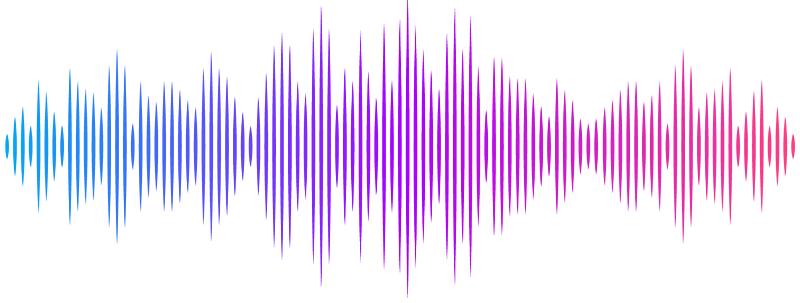Proteomic characterisation of Japanese quails unique seminal foam

Proteomic characterisation of Japanese quails unique seminal foam
Mason, C.; Garlovsky, M.; Vedder, O.; Pham, T. K.; George, R.; Tschirren, B.; Hemmings, N.
AbstractMale Japanese quail (Coturnix japonica) produce a unique proctodeal foam upon ejaculation which is thought to enhance fertilisation success. However, the precise function and proteomic characterisation of this foam remain largely unexplored. Using high throughput LC-MS/MS proteomics analysis, we characterised the proteome of the quail seminal foam for the first time. Our analysis confidently identified 224 proteins in the foam using 32 pooled samples from 96 males. 96.4% of proteins had orthologs in the closely related (diverged 35 million years ago) chicken (Gallus gallus) which generated 40 Gene Ontology terms. Further interrogation revealed proteins involved in sperm motility, maturation and DNA protection, suggesting the foam plays a role in fertilisation success. Proteins linked to immune defence and inflammation modulation were identified, indicating the foam may protect sperm from antigens and reduce female immunogenic responses. This work advances our understanding of the function and evolution of Japanese quail unique seminal foam and directs future experiments to investigate the role of key seminal foam proteins in post-copulatory sexual selection.\n\nSignificance of the StudySeminal fluid plays an important role in fertilisation success, yet the molecular components of seminal fluid and their function remain poorly understood in most species. This study provides the first comprehensive proteomic characterisation of a unique seminal foam produced by the Japanese quail (Coturnix japonica), revealing its potential mechanistic function in sperm regulation, sperm motility, immune protection, and fertilisation success. By identifying key proteins associated with energy production, membrane fluidity, and sperm maturation, our findings suggest the foam may influence post-ejaculatory sperm function. Additionally, the identification of immunity proteins indicates a role in sperm protection and modulation of female immune responses. This study advances our understanding of avian reproductive biology and opens new avenues for investigating the specific role of seminal foam proteins in fertilisation dynamics and post-copulatory sexual selection.